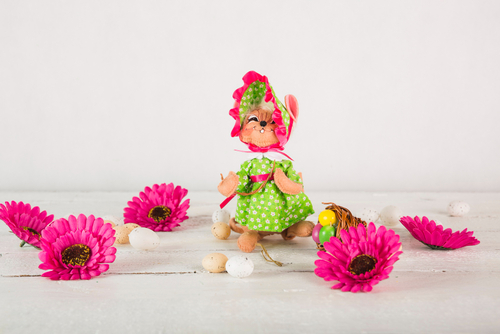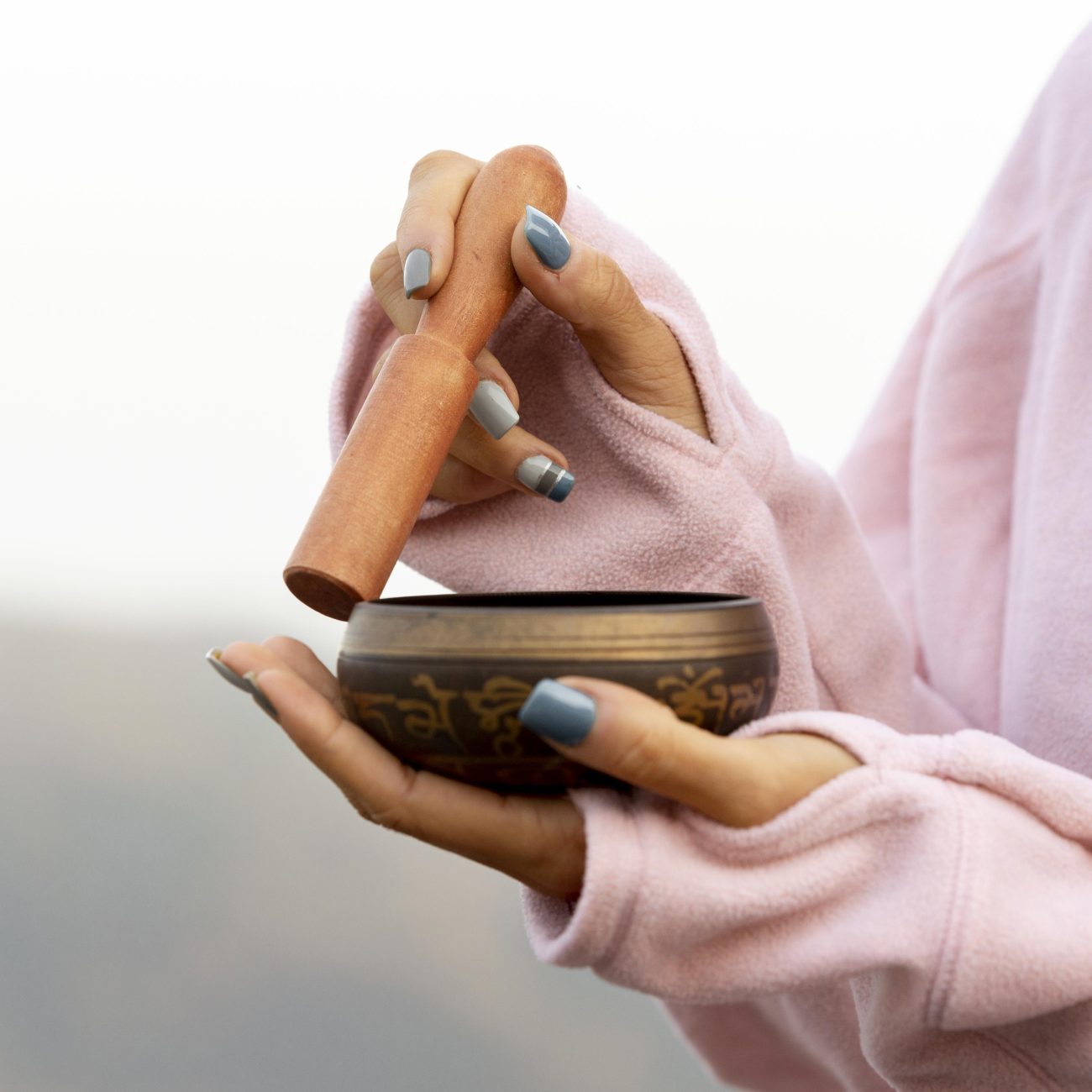Pashmina is often called “soft gold,” and for good reason. It’s warm, lightweight, luxurious to the touch, and deeply rooted in the traditions of the Himalayas, especially Nepal. But with the rise in demand, there has also been a rise in imitations. So how can you tell if what you’re buying is genuine? This guide will walk you through the essentials of identifying high-quality, authentic Nepali Pashmina.
What is Pashmina, Really?
Pashmina is a type of fine cashmere wool derived from the undercoat of the Changthangi goat, found in the high altitudes of the Himalayas. This wool is hand-spun and handwoven into scarves, shawls, and garments primarily in Nepal and parts of India.
- Fineness: Real pashmina fibers are just 12–16 microns in diameter. For comparison, human hair is about 60–100 microns.
- Warmth without weight: Pashmina is warmer than sheep wool but significantly lighter.
Why Nepalese Pashmina Stands Out
Nepal is globally recognized for its handmade pashmina products. According to Nepal Trade Integration Strategy, pashmina exports contributed over NPR 2 billion (around USD 15 million) in 2022 alone. Nepal’s edge lies in its centuries-old craftsmanship and strict quality control through the Chyangra Pashmina trademark.
The Chyangra Pashmina Trademark
- Issued by the Nepal Pashmina Industries Association (NPIA)
- Guarantees that the product contains at least 97% pure pashmina wool
- Ensures that the product is made in Nepal using traditional methods
Look for this logo when buying.
How to Spot Real vs Fake Pashmina
Here are a few tips that can help you identify authentic Pashmina:
- The Feel Test: Real pashmina feels soft, warm, and light. Fake versions made of viscose or polyester may feel smooth but lack warmth.
- The Burn Test (Only if You Own It): Real pashmina burns like human hair and smells similar. It also leaves a powdery ash. Synthetic ones smell like burnt plastic and leave a hard bead.
- The Weave: Authentic pashmina has a loose weave due to the hand-weaving process. Machine-made scarves have a tight, uniform weave.
- The Price: If it’s too cheap to be true, it probably isn’t real. High-quality pashmina is labor-intensive and thus priced accordingly.
Buying Tips for First-Time Buyers
- Buy from certified retailers or artisans. Online platforms like Made in Nepal, and physical stores in Kathmandu and Pokhara, often stock real pashmina.
- Ask for the Chyangra Pashmina tag. This is your proof of authenticity.
- Choose based on intended use. Thicker pashmina is better for warmth; lighter blends are perfect for fashion and layering.
- Care instructions matter. Real pashmina should be dry-cleaned or hand-washed in cold water with a gentle detergent.
The Takeaway: Choose with Heart and Head
Buying authentic Nepali pashmina is not just a fashion choice; it’s a cultural and ethical one. When you choose real pashmina, you support local artisans, preserve centuries-old craftsmanship, and invest in a product that will last for years.
So next time you’re buying a pashmina, look beyond the color and softness. Think about where it comes from, who made it, and how you can keep this beautiful tradition alive.
– Actionable Insight: Always ask questions. Where was it made? What’s the fiber content? Is it certified? When in doubt, choose trusted sellers who value quality over mass production.
Stay warm and smart with real Nepali pashmina.




Leave a comment